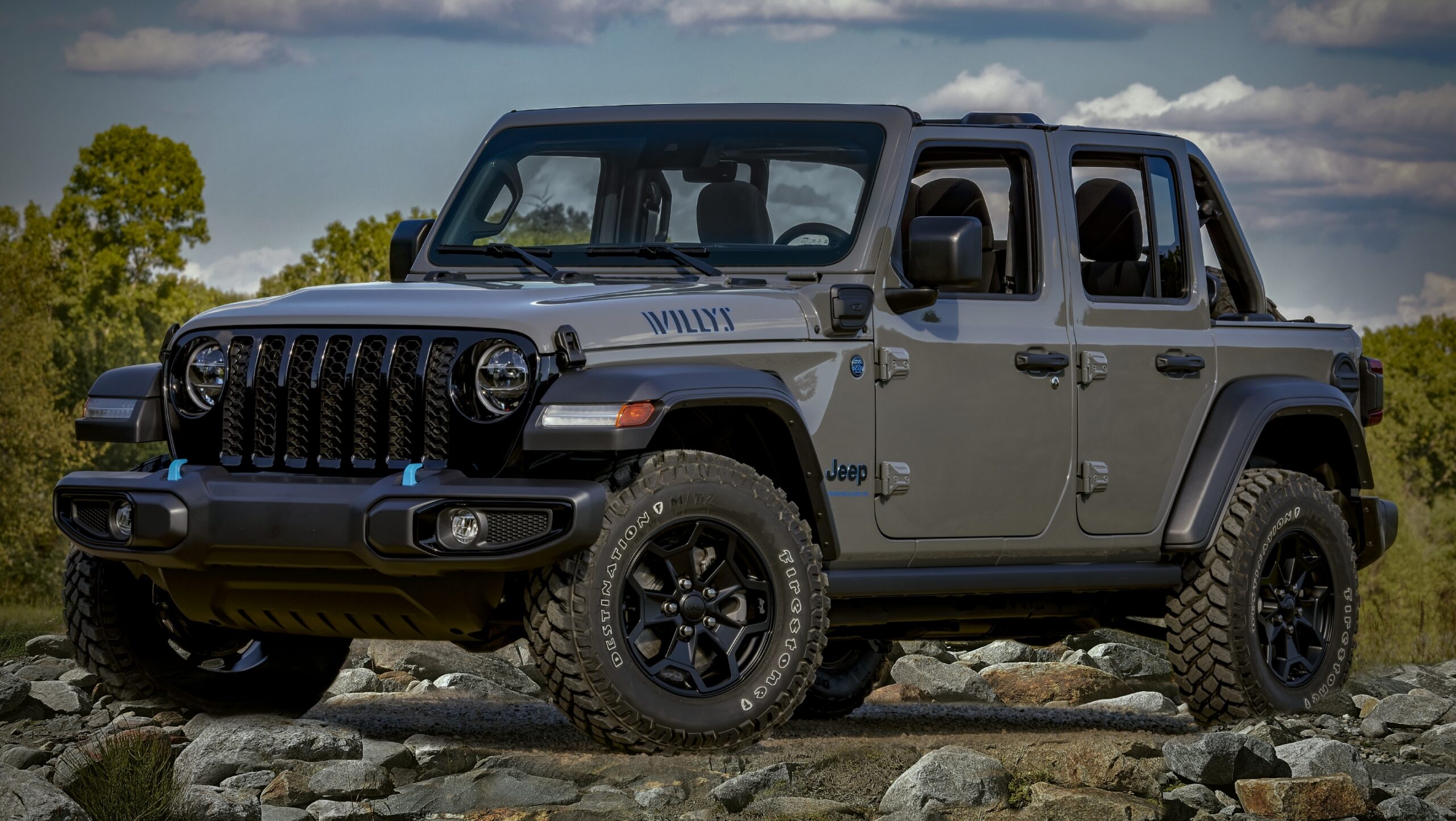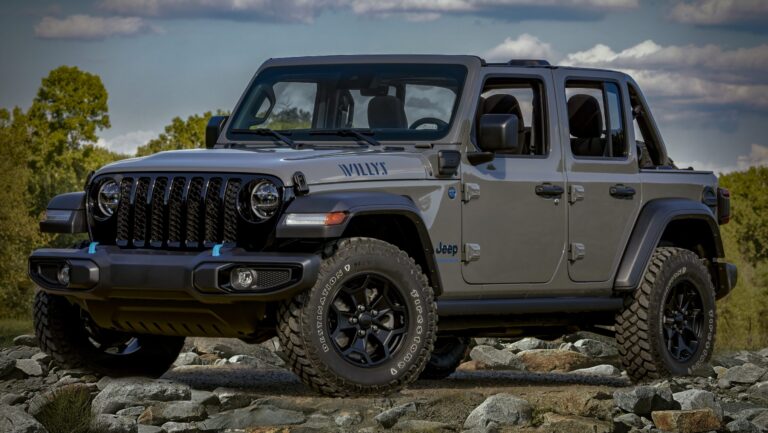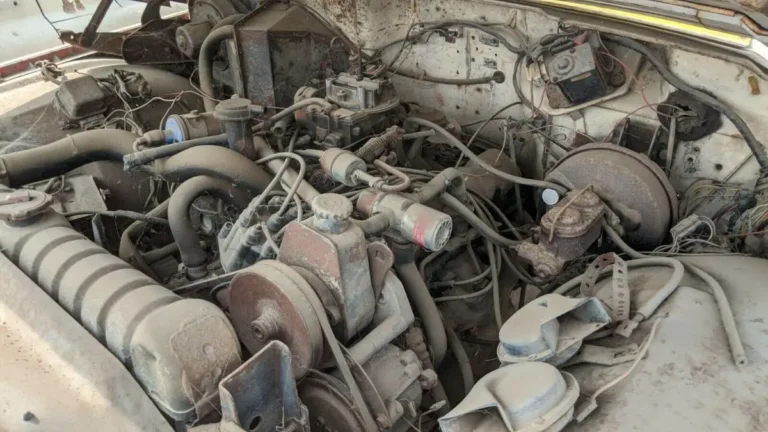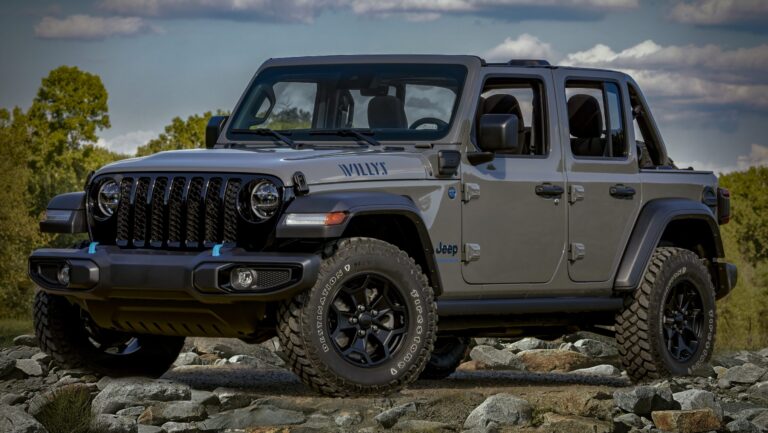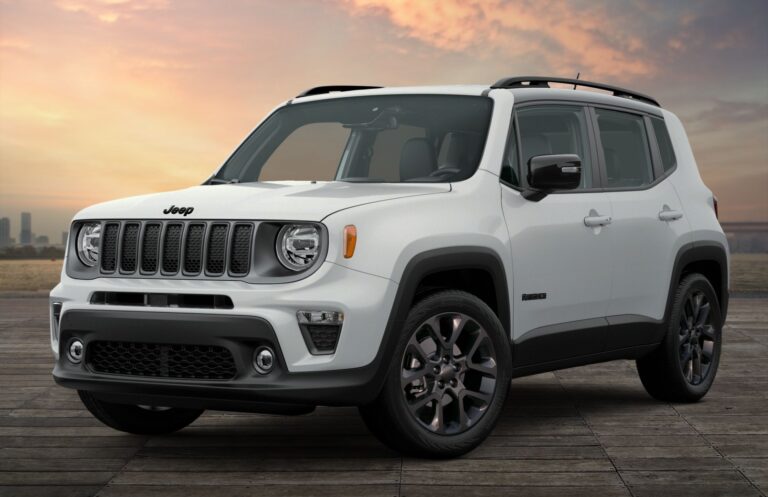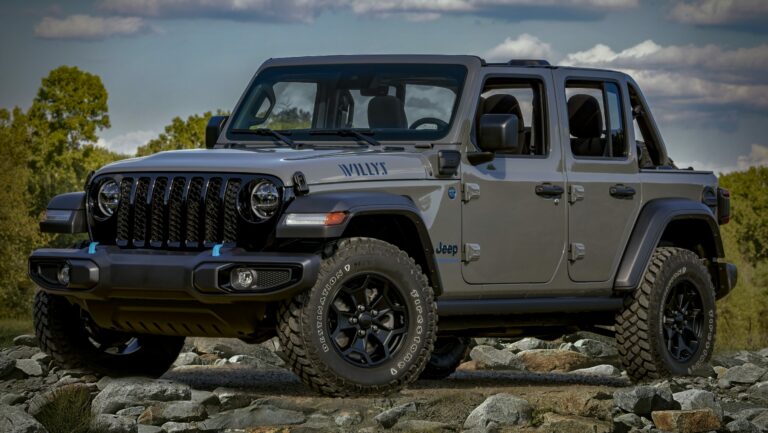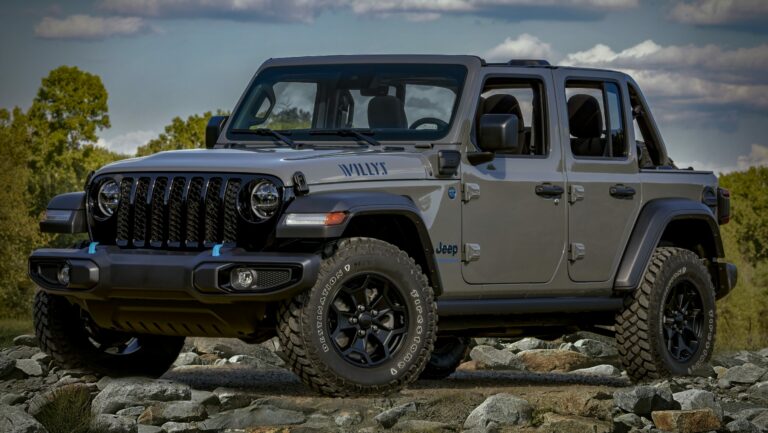Jeep FC 170 For Sale: A Comprehensive Buyer’s Guide
Jeep FC 170 For Sale: A Comprehensive Buyer’s Guide jeeps.truckstrend.com
Introduction: Discovering the Unconventional Charm of the Jeep FC 170
In the vast and varied landscape of classic automobiles, some vehicles stand out not just for their performance or luxury, but for their sheer individuality and utilitarian charm. The Jeep FC 170 is undoubtedly one such vehicle. "FC" stands for "Forward Control," a design philosophy that pushed the cab of the vehicle directly over or slightly ahead of the front axle, maximizing the cargo bed length within a compact wheelbase. Produced by Willys Motors (later Kaiser Jeep) from 1957 to 1965, the FC 170 was a larger, heavier-duty sibling to the FC 150, designed to tackle demanding commercial and agricultural tasks.
Jeep FC 170 For Sale: A Comprehensive Buyer’s Guide
Today, finding a Jeep FC 170 for sale is a quest for a piece of American automotive history, a unique blend of rugged utility and quirky design. These distinctive trucks are no longer mere workhorses; they are sought-after collector’s items, popular restoration projects, and canvases for custom builds that turn heads wherever they go. Their rarity and unconventional appearance make them highly desirable for enthusiasts seeking something truly different from the typical vintage pickup. This comprehensive guide will delve into everything you need to know about buying a Jeep FC 170, from its history and appeal to practical buying tips, restoration considerations, and market pricing.
I. A Brief History of the Jeep FC 170: Built for Business
The concept for the Jeep FC series originated in the mid-1950s when Willys Motors recognized a need for a compact, highly maneuverable truck with a substantial cargo capacity. Designer Brooks Stevens, famous for his work on the Oscar Mayer Wienermobile and the Studebaker Gran Turismo Hawk, penned the FC’s distinctive, boxy lines. The cab-over-engine design was revolutionary for its time, allowing for an 81-inch bed on a mere 103.5-inch wheelbase for the FC 170, a feat unmatched by conventional truck designs.
The FC 170 shared many components with the civilian CJ-5 and CJ-6, including its rugged ladder frame and four-wheel-drive system, which made it exceptionally capable off-road despite its commercial intent. Powering the FC 170 was initially the "Super Hurricane" 226 cu in (3.7 L) straight-six engine, producing 115 horsepower, paired with a three-speed or four-speed manual transmission. Later models also offered the "Hurricane" F4-134 four-cylinder engine. A "DRW" (Dual Rear Wheel) variant, the FC 170 DRW, offered even greater payload capacity, solidifying its reputation as a serious work truck.
Despite its innovative design and undeniable utility, the FC series faced stiff competition from more conventionally styled trucks and was eventually discontinued in 1965 after around 30,000 units of the FC 170 were produced. Its relatively short production run and specialized nature contribute to its current rarity and appeal among collectors.
II. Why Buy a Jeep FC 170 Today? The Allure of the Unconventional
The decision to purchase a vintage vehicle is often driven by passion, and the Jeep FC 170 offers a unique blend of reasons for its growing popularity:
- Unmistakable Design and Nostalgia: The FC 170’s "face" is iconic – a flat, upright grille with round headlights that instantly identifies it. It’s a guaranteed conversation starter and a true standout in a world of increasingly generic vehicle designs. For many, it evokes a sense of mid-century Americana and rugged simplicity.
- Collector’s Appeal: As time passes, well-preserved or expertly restored FC 170s are becoming increasingly valuable. They represent a significant, albeit quirky, chapter in Jeep’s history and are a testament to unconventional automotive engineering.
- Versatility for Projects: Whether you envision a meticulous, historically accurate restoration, a powerful "restomod" with modern powertrain and conveniences, or a highly capable off-road rig, the FC 170 provides a robust platform. Its ample cargo space makes it practical for hauling, and its 4WD system ensures capability.
- Robust and Simple Mechanics: Built in an era before complex electronics, the FC 170’s mechanical systems are relatively straightforward. This makes them more accessible for DIY enthusiasts and easier (though not necessarily cheaper) for professional restoration shops to work on. Parts interchangeability with other contemporary Jeep models also helps.
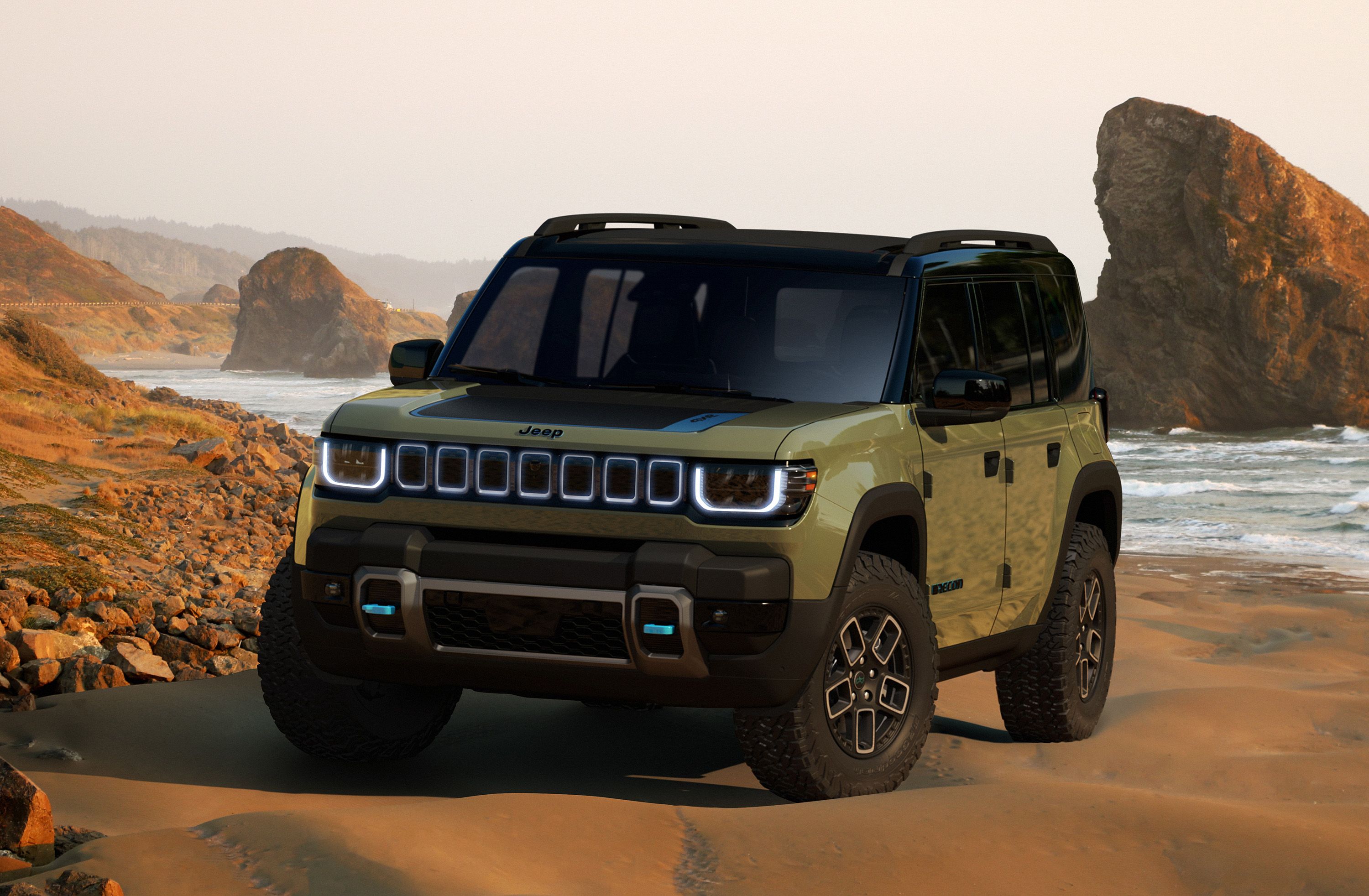
III. What to Look For When Buying a Jeep FC 170: A Critical Inspection Guide
Acquiring a vintage vehicle like the FC 170 requires careful consideration. Here’s what potential buyers should prioritize during their search:
- Rust, Rust, Rust: This is the primary enemy of any vintage vehicle, and the FC 170 is no exception. Pay particular attention to:
- Frame: Check for bends, cracks, and severe rust, especially near suspension mounting points.
- Cab: Floor pans, rocker panels, cab corners, and the area around the windshield are common rust traps. Water can pool in these areas due to drainage issues.
- Bed: The cargo bed floor and side panels often suffer from rust due to exposure and heavy use.
- Body Mounts: Inspect where the body meets the frame.
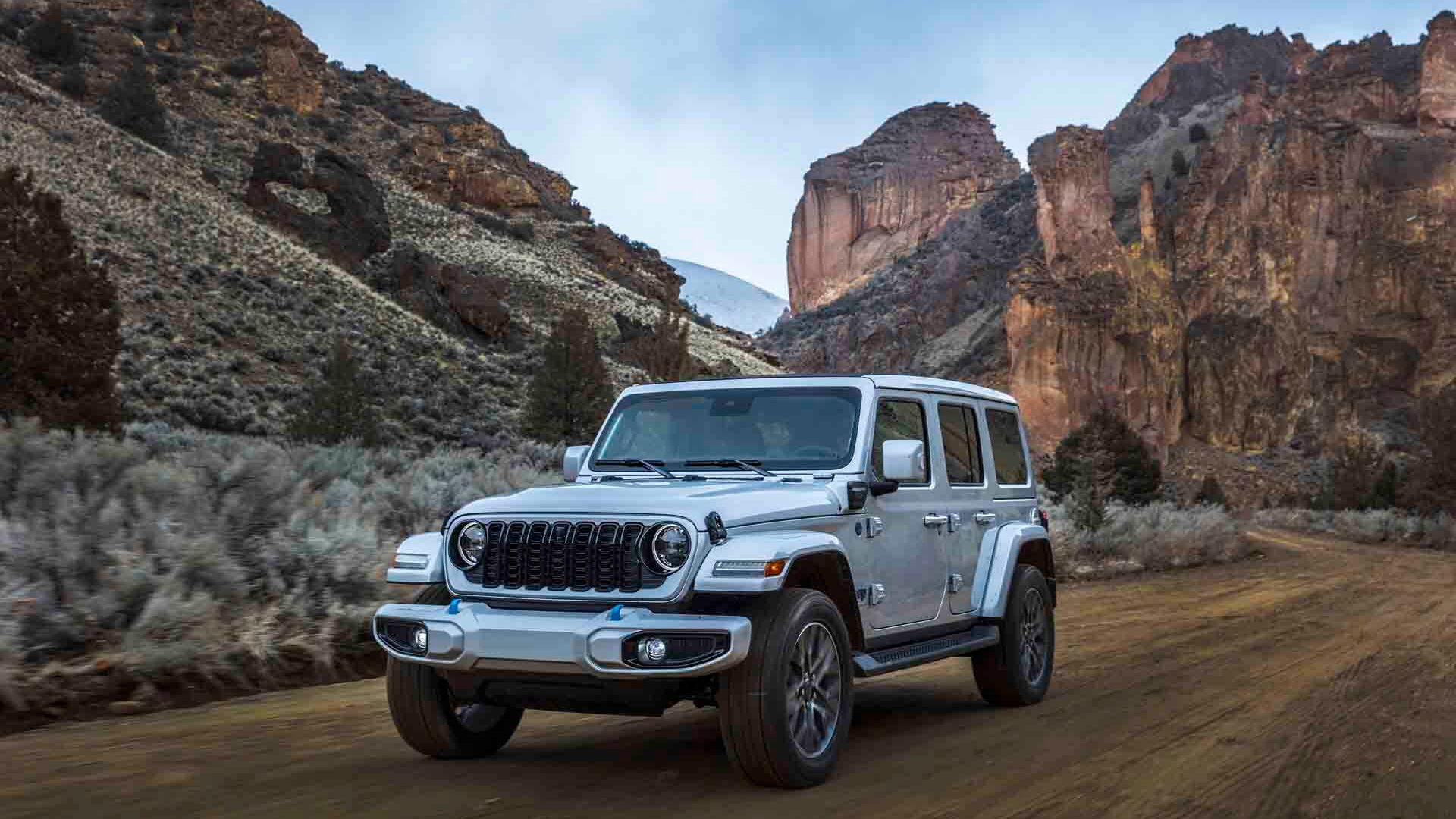
- Mechanical Condition:
- Engine: Check for leaks, unusual noises, and signs of proper maintenance. Ask about rebuild history.
- Transmission & Transfer Case: Test all gears, including 4WD. Listen for grinding or clunking.
- Axles & Driveshafts: Look for leaks, play in U-joints, and bent components.
- Brakes: Given their age, the original drum brakes may be inadequate by modern standards. Many owners upgrade to disc brakes for safety.
- Steering: Check for excessive play in the steering wheel, which can indicate worn steering box or linkage components.
- Originality vs. Modifications: Decide what you prefer. A highly original, numbers-matching FC 170 will command a higher price among purists. Modified trucks (engine swaps, lift kits, updated interiors) can be more practical for modern driving but might alienate some collectors. Ensure any modifications are well-executed.
- Documentation: A clear title is paramount. Service records, previous restoration photos, and receipts can add significant value and provide insight into the vehicle’s history and care.
- Electrical System: Inspect wiring for signs of rodent damage, brittle insulation, or amateur repairs. A poorly maintained electrical system can be a nightmare.
- Professional Inspection: If you’re not an expert in vintage vehicles, it’s highly advisable to hire a qualified mechanic or classic car specialist to perform a pre-purchase inspection. Their objective assessment can save you from costly surprises.
IV. Navigating the Market: Where to Find a Jeep FC 170 For Sale
Finding an FC 170 requires patience and a focused search, as they are not as common as other vintage pickups.
- Online Auction Sites & Marketplaces:
- Bring a Trailer (BaT): Often features high-quality, well-documented examples, sometimes restored or restomodded.
- eBay Motors: A wide range of conditions, from project vehicles to drivers. Be wary and ask for detailed photos and information.
- ClassicCars.com & Hemmings.com: Reputable sites specializing in classic and collector vehicles.
- Specialty Forums and Clubs:
- The FC Connection: A dedicated online community for Jeep FC owners and enthusiasts. This is an invaluable resource for finding vehicles, parts, and advice.
- Vintage Jeep Clubs: Local or national clubs often have classifieds sections or members looking to sell.
- Classic Car Auctions: Major auction houses sometimes feature unique vehicles like the FC 170. Attend in person if possible to inspect the vehicle.
- Word of Mouth & Local Searches: Network with classic car enthusiasts, mechanics, and restorers in your area. Sometimes, the best finds are hidden away in a barn or garage.
- Specialized Dealerships: A few dealerships focus exclusively on vintage or classic vehicles and may occasionally have an FC 170 in stock. These will likely be higher-priced but often come with some level of pre-inspection or restoration work.
V. Restoration and Ownership Considerations: Beyond the Purchase Price
Buying an FC 170 is just the beginning of the journey. Here are key aspects to consider for ownership and potential restoration:
- Parts Availability: While many mechanical components (engines, transmissions, axles) are shared with other contemporary Jeeps, FC-specific body panels (cab, grille, unique bed components) can be challenging to find. However, a growing aftermarket for reproduction parts and fabrication services exists, supported by the dedicated FC community.
- Skill Level and Tools: A full restoration is a massive undertaking requiring significant mechanical and fabrication skills, specialized tools, and a suitable workspace. Be realistic about your own capabilities.
- Budgeting for Restoration: The purchase price is often a small fraction of the total cost of a full restoration. Expect to invest significant funds in bodywork, paint, mechanical overhauls, and interior work. Get detailed estimates from reputable shops if you plan to outsource.
- Driving Experience: An FC 170, even a restored one, will drive like a vintage truck. Expect slower acceleration, manual steering (unless upgraded), drum brakes (unless upgraded), and a rougher ride compared to modern vehicles. They are not ideal for long highway journeys without significant modifications.
- Insurance: Look into classic car insurance policies, which often offer better rates and agreed-value coverage compared to standard auto insurance.
- Community Support: The Jeep FC community is passionate and helpful. Joining online forums and local clubs can provide invaluable advice, technical support, and camaraderie.
VI. Pricing Guide for Jeep FC 170 For Sale
The price of a Jeep FC 170 can vary wildly depending on its condition, originality, modifications, and market demand. The table below provides a general overview:
| Condition Category | Description | Typical Price Range (USD) | Key Considerations FC is the acronym for "Forward Control," referring to the cab-over-engine design where the cabin is positioned above or ahead of the front axle. This design was chosen to maximize cargo space on a compact wheelbase.
Q2: What years was the Jeep FC 170 produced?
A2: The Jeep FC 170 was produced from 1957 to 1965.
Q3: Are parts for the FC 170 hard to find?
A3: Some mechanical parts are interchangeable with contemporary Jeep CJ models (like the Hurricane engines, transmissions, and axles), making those relatively accessible. However, FC-specific body panels and interior components can be challenging to source. Fortunately, a growing community and a small but dedicated aftermarket for reproduction parts exist.
Q4: Can a Jeep FC 170 be a daily driver in modern traffic?
A4: While technically possible, an original FC 170 is not ideal for daily driving in modern traffic. Its manual steering, drum brakes, and limited top speed make it less comfortable and safe compared to contemporary vehicles. Many owners perform "restomod" conversions, adding power steering, disc brakes, and more modern engines to improve drivability.
Q5: What are common modifications made to FC 170s?
A5: Popular modifications include engine swaps (often V8s for more power), power steering conversions, disc brake upgrades, suspension lifts, modern transmissions, and interior upgrades for comfort and safety. Some also add larger tires and off-road accessories for enhanced capability.
Q6: What’s the main difference between the FC 150 and FC 170?
A6: The FC 170 is larger and more heavy-duty than the FC 150. The FC 170 has a longer wheelbase (103.5 inches vs. 81 inches), a larger cargo bed, and a higher payload capacity. It was typically equipped with the more powerful "Super Hurricane" I6 engine, whereas the FC 150 primarily used the "Hurricane" F4-134 four-cylinder.
Q7: Is a Jeep FC 170 a good investment?
A7: As with most classic vehicles, buying an FC 170 should primarily be driven by passion. While well-restored or unique examples can appreciate in value, the cost of restoration often outweighs potential financial returns. It’s an investment in a unique hobby and a piece of automotive history rather than a guaranteed financial windfall.
Conclusion: Embracing the Legacy of the Jeep FC 170
The Jeep FC 170 is more than just a truck; it’s a statement. Its forward-thinking design, rugged capabilities, and undeniable character make it a

